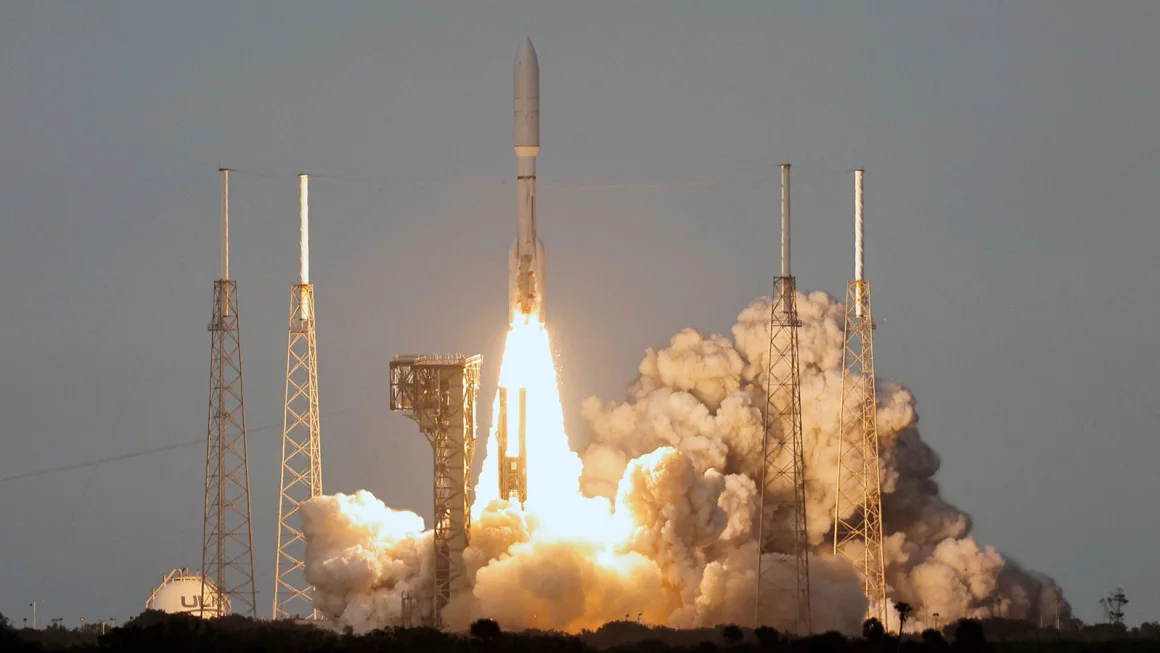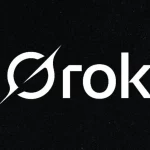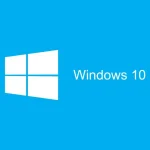April 28, 2025 – Amazon took a major step forward in its quest to rival Starlink internet with the successful ULA Atlas V Amazon rocket launch on April 28, 2025, deploying 27 satellites for its Project Kuiper from Cape Canaveral Space Force Station. This rocket launch today marks the first deployment of production-ready Kuiper satellites, intensifying competition with SpaceX’s Starlink satellites in the satellite internet market. The Kuiper launch, powered by United Launch Alliance (ULA), signals Amazon’s commitment to bridging the global digital divide, a mission increasingly vital in the evolving tech landscape.
The rocket launch occurred at 7 p.m. EDT (2300 GMT), after several delays due to weather and launch range constraints. A report from The New York Times highlighted that the Atlas V launch utilized ULA’s powerful Atlas V 551 configuration, equipped with five solid rocket boosters to carry the 27 Kuiper satellites into low Earth orbit. This Amazon rocket launch Cape Canaveral event follows the successful deployment of two prototype satellites in October 2023, but the April 28 launch today marks the beginning of Amazon’s operational constellation. Project Kuiper aims to deploy 3,236 satellites to provide global broadband access, directly challenging Starlink, which boasts over 5,000 satellites and 2 million subscribers. This competition reflects broader trends in digital connectivity, where satellite internet is becoming a key solution for underserved regions.
Amazon’s ULA launch is part of a broader strategy to meet Federal Communications Commission (FCC) requirements, which mandate launching at least half of its constellation by July 2026 to begin customer service. A CNN article noted that Amazon has secured launch contracts with multiple providers, including ULA, Arianespace, Blue Origin, and even SpaceX, despite the latter’s role as a competitor with Starlink launch activities. The rocket launch tonight—or rather, the evening launch on April 28—deployed satellites that will undergo on-orbit testing before providing connectivity to customers, which Amazon expects to begin later in 2025. The company’s $10 billion investment in Project Kuiper underscores its determination to compete with Starlink and other players like Eutelsat’s OneWeb in the global tech market.
Key Highlights of the Kuiper Launch
Here’s a summary of the Atlas V launch and its significance:
- Launch Details: The ULA Atlas V Amazon rocket launch deployed 27 Kuiper satellites at 7 p.m. EDT from Cape Canaveral.
- Constellation Goal: Amazon aims to deploy 3,236 satellites to rival Starlink internet.
- Competition: Starlink leads with over 5,000 satellites and 2 million users globally.
- Future Plans: Eight more Atlas V launches are scheduled, with Vulcan rocket launches to follow.
The rocket launch faced challenges, including weather-related scrubs due to offshore thunderstorms, as noted in a recent spaceflight report. ULA CEO Tory Bruno praised the Atlas V 551, calling it the “Bruiser” for its ability to handle the heavy payload. The Atlas V launch on April 28 was a critical step for Amazon, which plans eight more launches with ULA’s Atlas V before transitioning to the Vulcan rocket, capable of carrying 45 satellites per mission. Amazon’s multi-provider strategy, including a controversial deal with SpaceX for future launches, highlights the complex dynamics of the space industry, where competitors often collaborate to achieve their goals, a trend also seen in digital innovation.
Project Kuiper’s launch today positions Amazon to serve a wide range of customers, from consumers in remote areas to businesses and governments seeking reliable connectivity. Unlike Starlink, which has faced geopolitical scrutiny due to Elon Musk’s involvement in regions like Ukraine, Amazon aims to offer a neutral alternative through its Kuiper Government Solutions (KGS) unit, partnering with L3Harris Technologies to provide secure networking options. This strategic focus could give Amazon an edge in markets wary of Starlink’s dominance, especially as global demand for satellite internet grows, a need also evident in secure digital solutions for other industries.
The ULA partnership is central to Amazon’s launch roadmap, with the company planning 11–13 launches in 2025, split between Atlas and Vulcan rockets. The Amazon rocket launch on April 28 not only showcased ULA’s reliability but also highlighted the competitive pressure on Amazon to meet its FCC deadlines while scaling its operations. As Starlink continues to expand its network through frequent launches, Amazon’s ability to execute its rocket launch schedule will be crucial to closing the gap and establishing Project Kuiper as a viable contender in the satellite internet race.
The Kuiper launch on April 28 marks a turning point for Amazon, bringing it closer to its vision of global connectivity while intensifying its rivalry with Starlink. As the company prepares for more rocket launches in the coming months, the success of Project Kuiper will depend on its ability to meet regulatory milestones, attract customers, and navigate the geopolitical challenges that have impacted its competitor. For space enthusiasts, the Atlas V launch was a thrilling moment, with more exciting missions on the horizon. What’s your take on Amazon’s challenge to Starlink? Can Project Kuiper carve out a significant share of the satellite internet market? Share your thoughts in the comments, and let’s explore the future of global connectivity.







